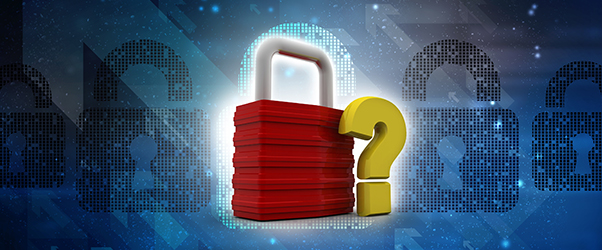Keen to check for ‘abnormal’ user behaviours? Microsoft talks insider risk, AWS imports and compliance at infosec shindig RSA
RSA As IBM’s crew cancels their hotel rooms, Microsoft’s infosec staffers are still set to attend the decades-old RSA conference and pulled the covers off a raft of security releases and previews for the event today.
The clocks strike 13 as Insider Risk Management is released
We spoke to Microsoft 365 Senior Director, Alym Rayani, about compliance and insider risk at last year’s Ignite event.
Four months on, and the company has decided the product is ready for prime-time with the release to general availability of Microsoft Insider Risk Management and Communication Compliance. For Microsoft 365, naturally.
The gimlet glare of Insider Risk Management will use the likes of Graph to gaze over Office, Windows and Azure, as well as casting an eye over non-MS services such as SAP SuccessFactors and Workday via connectors. File activity, “communications sentiment” and “abnormal” user behaviours will be detected by the vaguely creepy service and passed onto HR (or whoever the workflow reckons is most appropriate.)
The data will include a timeline to show trends, context and history for the identified user. By default, the display names are anonymised.
As with all these things, the devil is in the detail and to get the most out of the new Orwellian Monitoring Insider Risk Management tools companies will have to ponder their processes – just slapping on some software and expecting it to do a bandaid on secret seepage isn’t going to fly. It is, however, relatively easy to get started on the platform; there are no pesky agents to install nor audit events to configure. There are also three new policy templates: “Departing employee data theft”, “Data leaks” and the exciting “Offensive language in email.”
The “machine learning” used to spot naughty words has found its way into the Communication Compliance functionality too, which was also made Generally Available. Monitoring corporate communications such as Teams Messages or Bloomberg chats, as well as email, the system will keep an ear out for offensive language and threats and trigger workflows accordingly.
We can think of at least one corporate that could probably have benefited from such a thing. Alas, that particular aircraft has long since left the runway before the departure gate could be closed.
Microsoft Loves Linux (Security)
As well as widening the preview of Microsoft Threat Protection, a system aimed at a more automated response to threats, the gang has also extended the cross-platform support for Microsoft Defender Advanced Threat Protection (ATP) to include a whole bunch of Linux distributions.
Teased at last year’s Ignite (skip to around the 14-minute mark for the full “sneak peek” experience), RHEL 7+, CentOS Linux 7+, Ubuntu 16 LTS, or higher LTS, SLES 12+, Debian 9+, and Oracle EL 7 all get some loving from Microsoft’s AV boffins. Users can expect a full command line experience as well as AV, while basic alerts and machine information will show up in the Defender Security Center.
The functionality remains in preview for the time being and will be joined by additional security capabilities for iOS and Android devices.
Azure Sentinel: Give us your tired, your poor, your AWS CloudTrail logs
Having nudged Azure Sentinel into the light at last year’s RSA event Microsoft is giving its security information event management (SIEM) platform a buffing with some new toys.
First up are connectors for the likes of Forcepoint and Squadra as well as one for Azure Security Center for IoT. The latter is particularly interesting since it means IoT data workloads from Azure IoT Hub-managed deployments can be shovelled into Azure Sentinel. The information will allow those who have bought into the Microsoft worldview to have a decent chance of spotting threats in a converged network.
As well as adding resources (via GitHub, of course) Microsoft is will also not be charging customers for importing AWS CloudTrail logs from 24 February 2020 to 30 June 2020. AWS CloudTrail allows users of Amazon’s cloud to track their AWS account. With customers using multiple clouds, Microsoft’s hope is that its SIEM platform will become a one-stop shop for security monitoring. And if Madam decides that Madam prefers her cloud to be Azure, well, we doubt the Redmond gnomes would demur.
Azure activity logs, Office 365 audit logs and Microsoft 365 security alerts can already be ingested for free. ®
Sponsored:
Detecting cyber attacks as a small to medium business
Article source: https://go.theregister.co.uk/feed/www.theregister.co.uk/2020/02/20/microsoft_atp/



 Check out
Check out  Check out
Check out  Check out
Check out